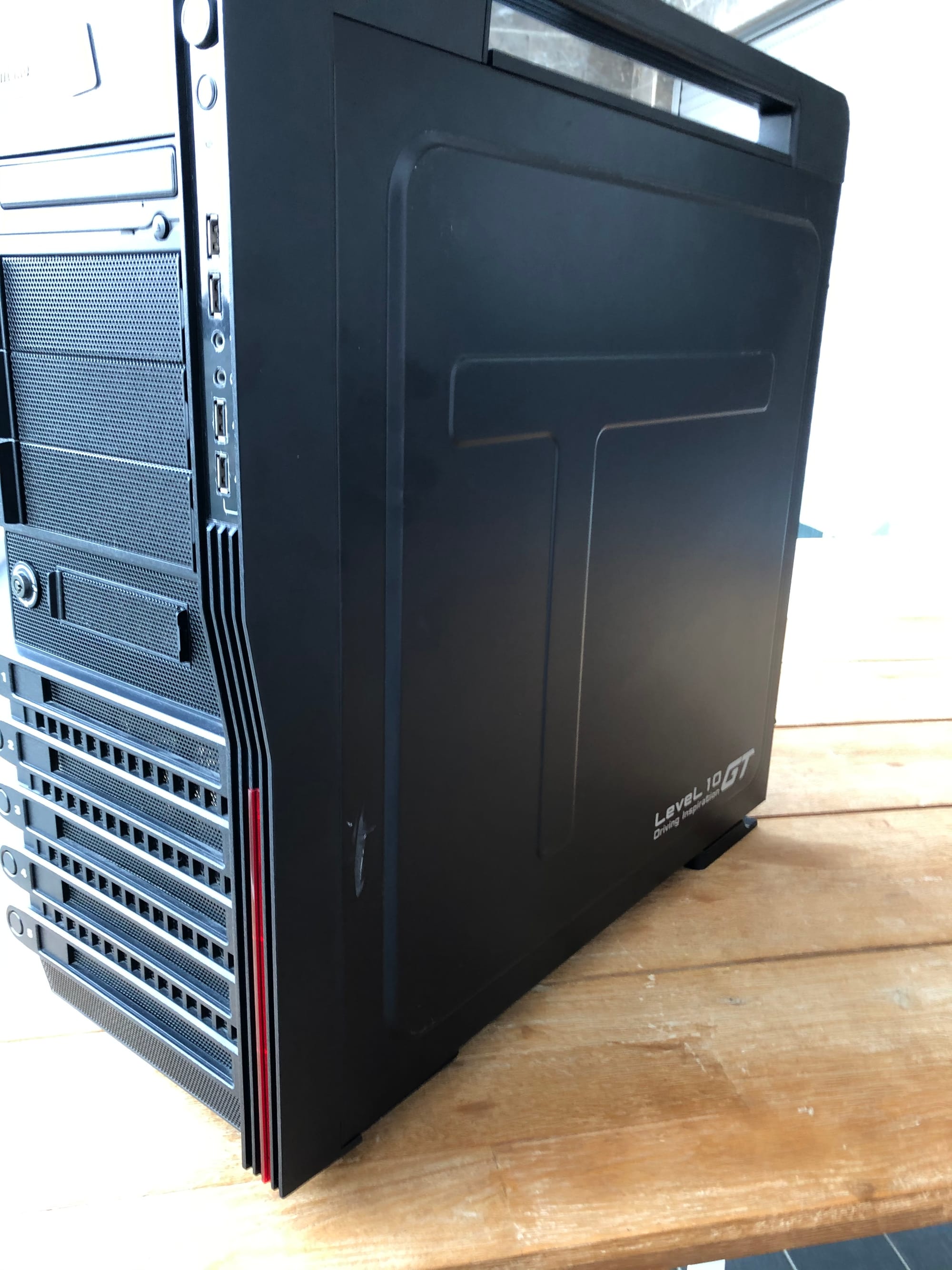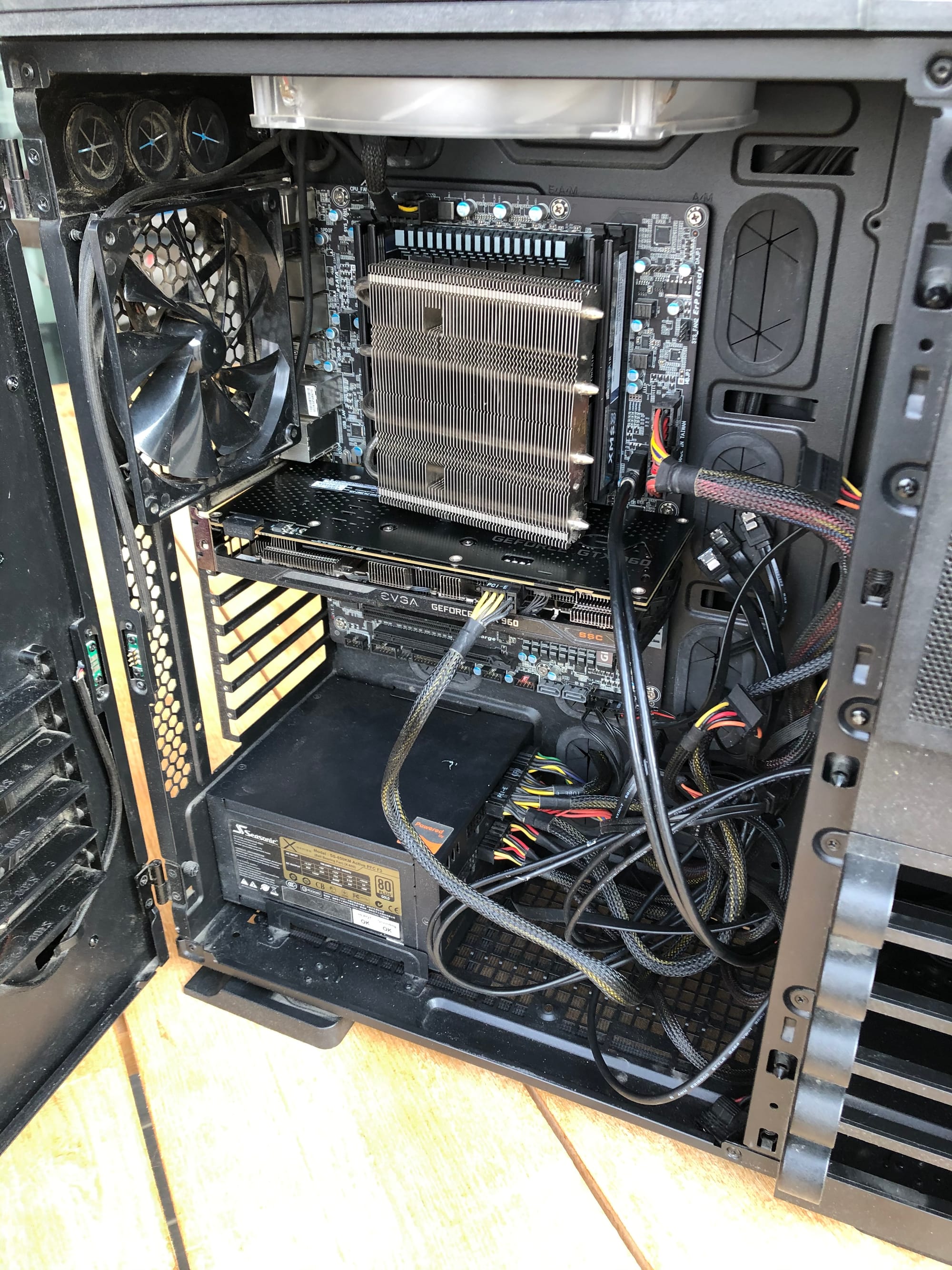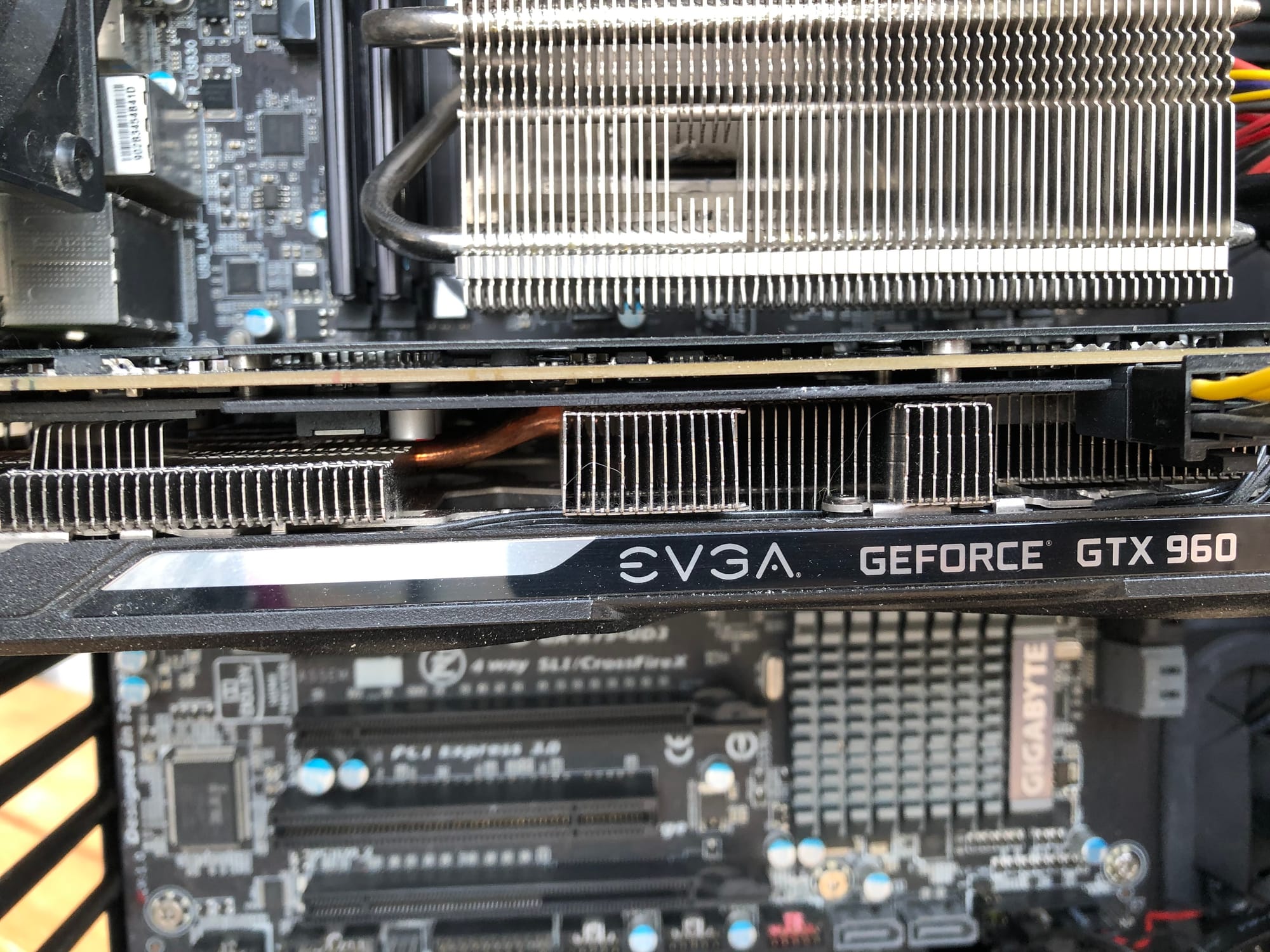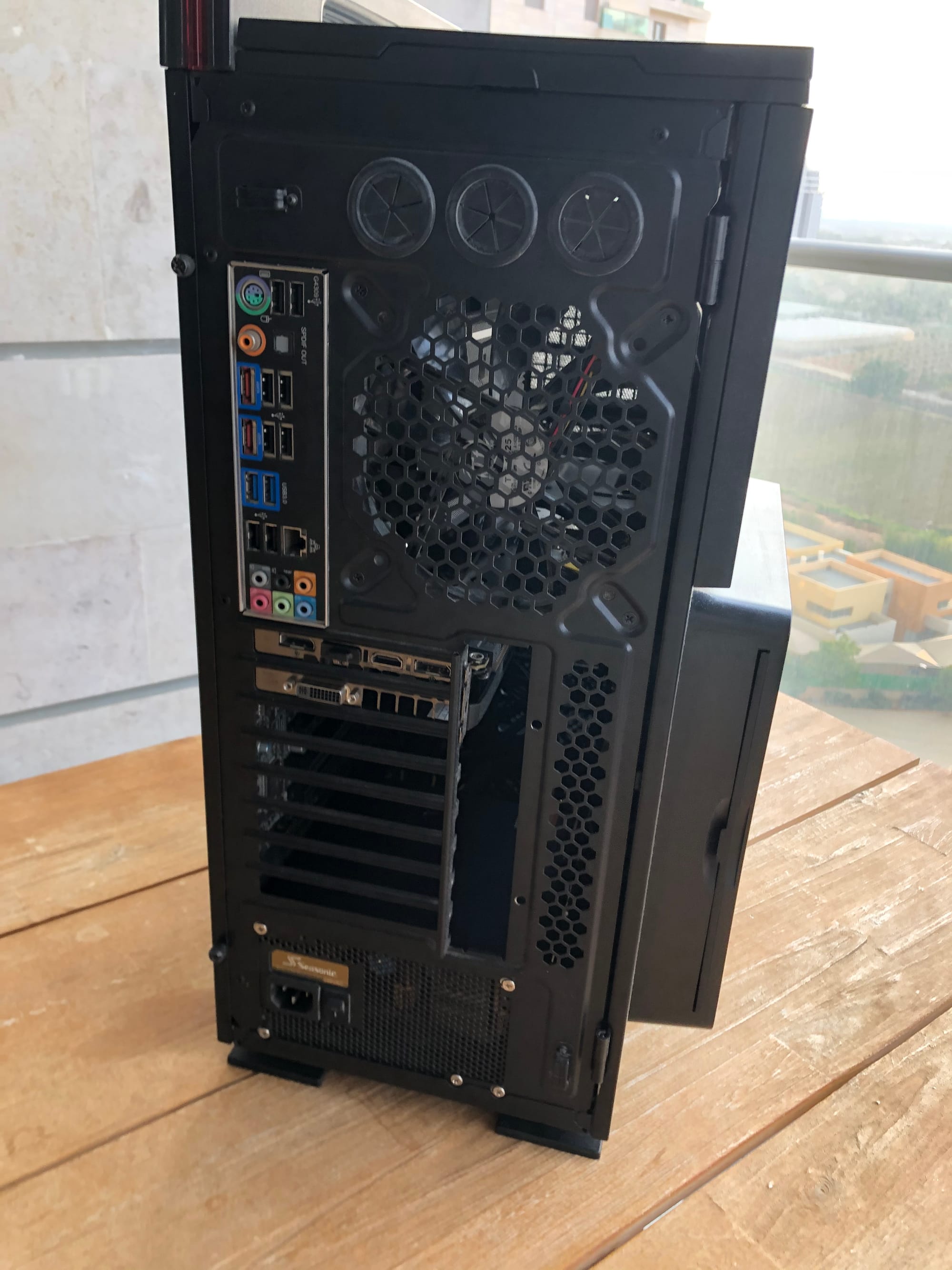1. The Storage Room Surprise
After living in my apartment for 10 years, the large storage room finally reached a point where it was impossible to step inside. Over the years, it had slowly turned into a dumping ground for things that “might be useful someday.” Eventually, I had no choice but to start cleaning it out—step by step.
During one of these mini clean-up sessions, I stumbled upon something unexpected: my old desktop computer, a machine I built nearly 15 years ago. Out of curiosity, I decided to see if it still worked. Unfortunately, after pressing the power button, nothing happened—no screen, no boot, just a BIOS self-check error. My first thought was to strip it for parts and sell them.

2. From “Sell It” to “Revive It”
As I tried to sell individual components, everything went smoothly—except for the case. My beloved oversized PC tower just wouldn’t sell, and I didn’t want to give it away for next to nothing.
That’s when a new idea struck me: instead of getting rid of it, why not rebuild it and turn it into a local home server for AI experiments?




Old Case
3. The Plan: Not About Power, But About Fun
Now, I don’t have the budget for a cutting-edge, high-performance system. My goal isn’t to beat benchmarks or compete with supercomputers. Instead, this is a hobby project—something fun to build, but also useful for running local AI models.
I decided to search for second-hand parts and gradually piece together a machine that’s both interesting and functional.

4. Choosing the Motherboard – Twice the CPUs, Twice the Fun
Being a complete beginner in running AI models locally, I let myself get carried away by aesthetics rather than pure practicality. I chose a dual-socket motherboard with support for two Xeon processors and plenty of RAM slots—not because I needed it, but because it looked really cool.
The idea was simple:
- Get as many CPU cores as possible for parallel workloads.
- Add a large amount of memory so models could physically fit.
- Worry less about other features.
I ended up selecting a motherboard based on the Intel X99 chipset, capable of running two Xeon E5-2696V4 CPUs at 2.2 GHz. Each CPU came with 22 cores (44 with Hyper-Threading), giving me a total of 88 threads to play with.
On top of that, the board had two PCIe x16 slots, which meant I could eventually add two full-sized GPUs in the future .

5. What’s Next
This is just the beginning. In the next posts, I’ll share:
- The challenges I faced with this dual-CPU setup.
- How I sourced the components cheaply.
- First attempts at installing and running AI models locally.
Stay tuned—it’s going to be a fun journey!

